A beginner-friendly introduction: understand the brain’s building blocks and a simple, number-based overview of GBM (incidence, prognosis, and quality of life).
Series Table of Contents
- Part 0 | GBM Primer: Brain Basics and By-the-Numbers Overview
- Part 1 | Clinical Map: Symptoms, Diagnosis, Standard of Care, and the Role of TTF
- Part 2 | Where It Begins: SVZ Hypothesis and Precancerous Cells (pre-CC)
- Part 3 | Extinguishing the Spark: Microenvironment & Immunity (MIF–CD74)
- Part 4 | The Moving Tumor: ECM/Adhesion and White-Matter Tract Invasion
- Part 5 | Plasticity & Escape: OPC/AC/MES State Transitions
- Part 6 | Seeing What Matters: Biomarkers & Composite Diagnostics (Imaging × Transcriptome × CNV)
- Part 7 | Global Landscape: Modality-by-Modality Development Map
- Part 8 | Global Lens: Country-by-Country Strengths (Basic, Clinical, Development)
- Part 9 | Clinical Templates: Fewer Moves Against Many Faces (Closing with a Provocation)
Links will be added after each part is published. The English edition mirrors the Japanese structure and wording.
Start Here: Brain Basics and What “Glioma” Means
- Key cell types: neurons (signal) and glia—astrocytes, oligodendrocytes, microglia—that support and modulate function.
- Blood–brain barrier (BBB): a protective filter that also limits drug penetration—central to GBM treatment design.
- Glioma: tumors arising from glial lineage. Glioblastoma (GBM) is among the most aggressive adult brain tumors.
GBM by the Numbers (Beginner Snapshot)
Incidence (rules of thumb)
- Worldwide: primary brain & CNS cancers account for hundreds of thousands of new diagnoses annually, with regional variation (higher in North America/Western Europe, lower in parts of Africa).
- United States (all brain tumors): ~25 per 100,000 (benign + malignant); malignant ~7 per 100,000. GBM constitutes ~half of malignant cases.
- GBM specifically: adult incidence is roughly ~3 per 100,000.
*Exact values depend on registry and method. We’ll revisit precise data in Parts 7–8 with up-to-date sources.
Prognosis & Quality of Life (QOL)
- Median overall survival: approximately 12–18 months with current standard therapy.
- Five-year survival: roughly ~5–7%.
- QOL domains: cognition, motor/speech, seizures, fatigue, and steroid-related effects commonly affect daily life.
*Figures vary by cohort and treatment; we will refresh with primary sources at publication time.
Big-Picture Care Pathway (Diagnosis → Initial Therapy → Recurrence)
Presentation: headaches, seizures, focal deficits (speech, motor) prompt imaging.
Imaging & pathology: MRI evaluation; surgery yields tissue for histology and molecular testing.
Initial therapy: maximal safe surgery, then radiation + temozolomide.
Options: TTF may be added in eligible settings; at recurrence, consider trials and tailored strategies.
Part 1 explains these steps in plain language (including TTF and MGMT methylation).
Mini-Glossary (minimal, expanded later)
GBM (Glioblastoma)
An aggressive primary brain tumor common in adults; prone to recurrence.
BBB (Blood–Brain Barrier)
A physiologic barrier that reduces drug penetration into the brain. TTF (Tumor Treating Fields)
A wearable device delivering alternating electric fields that disrupt cancer cell division. MGMT methylation
A molecular marker associated with temozolomide responsiveness. SVZ (Subventricular Zone)
A neural stem/progenitor niche near the ventricles; central to origin hypotheses.
Quick Summary
GBM is challenging where neuroanatomy, the BBB, and recurrence intersect.
Numbers (incidence, survival, QOL) provide a shared language for clear decisions.
Next parts build step-wise: clinical map → origins (pre-CC) → microenvironment → invasion → plasticity → biomarkers → pipelines → global strengths → clinical templates.
My View
In a primer, the goal isn’t jargon—it’s a map for decisions. With a common baseline, we can connect advanced topics (origins, microenvironment, plasticity, combination design) from first principles without losing beginners or oversimplifying for experts.
Edited by the Morningglorysciences team.
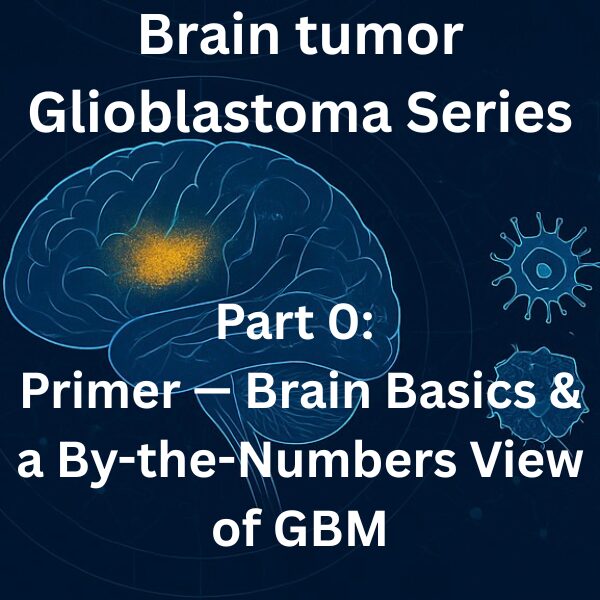
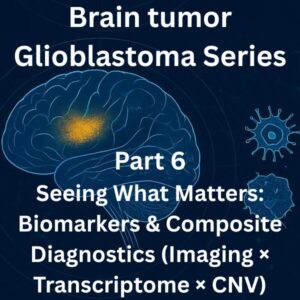
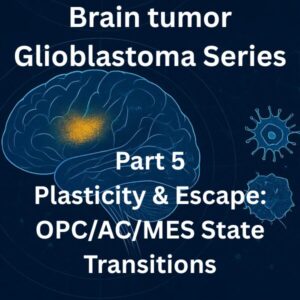
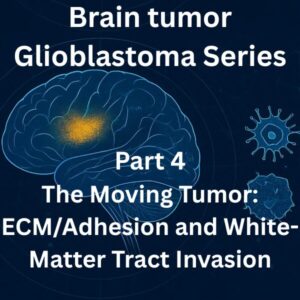
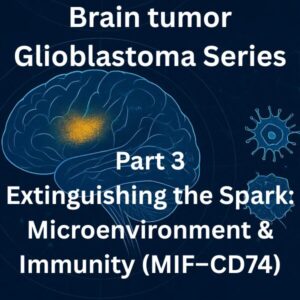
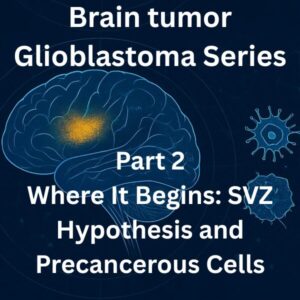
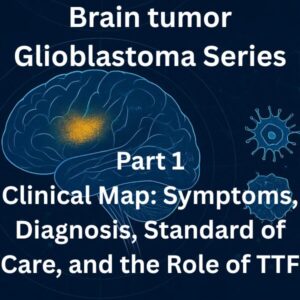
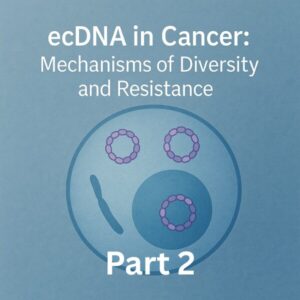
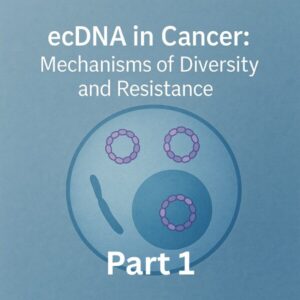
Comments